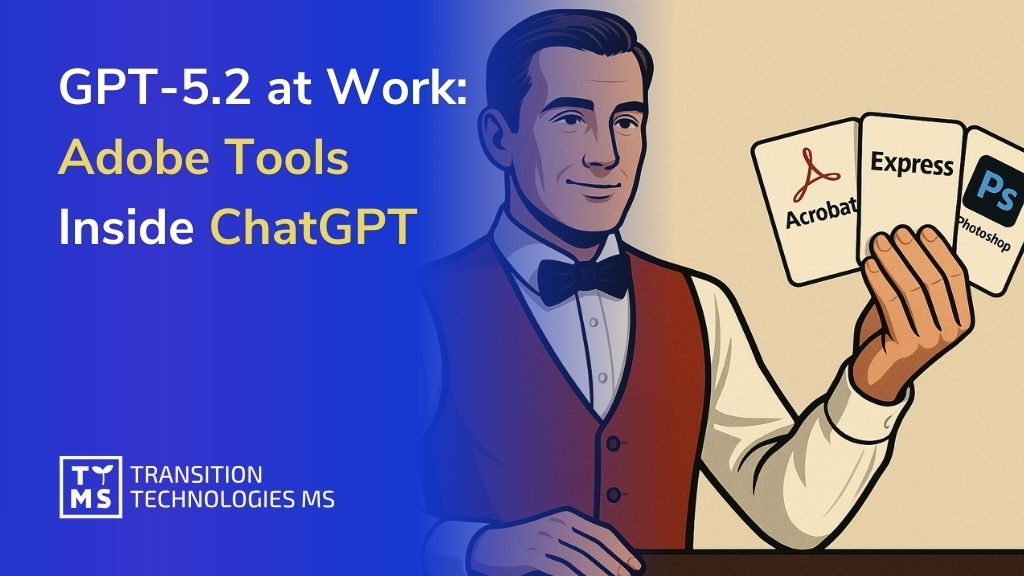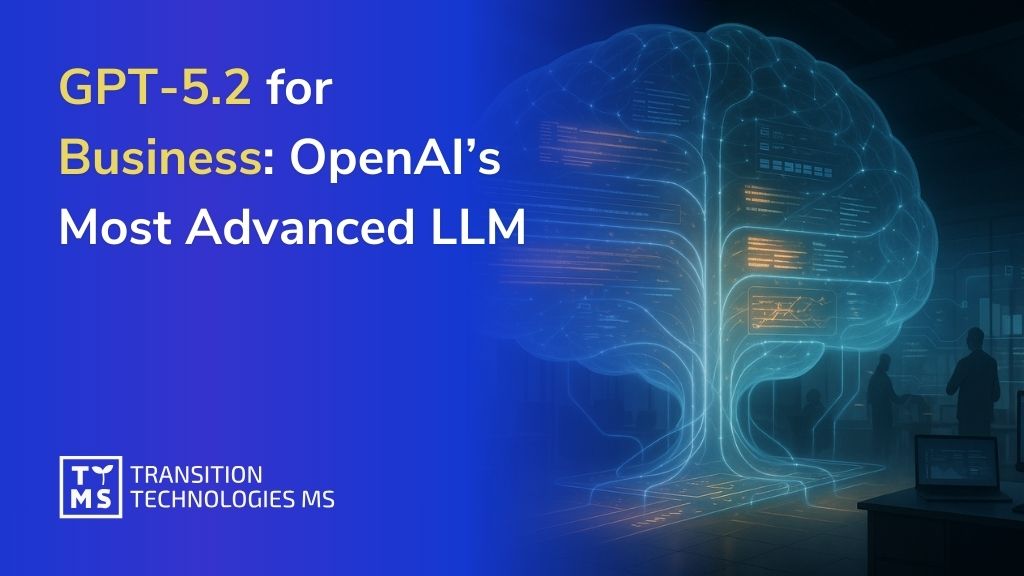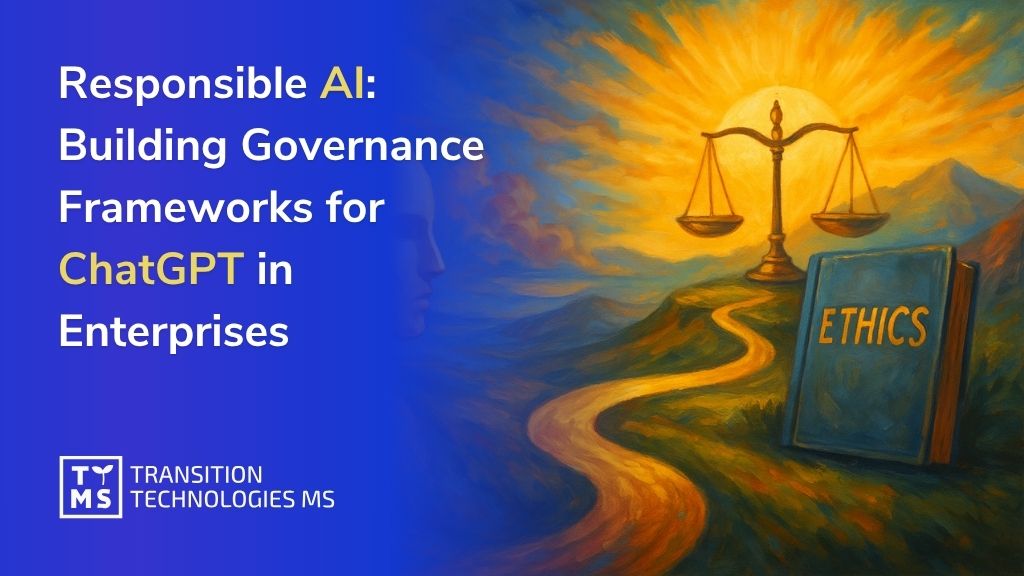
In the digital landscape, where content is king and user experience reigns supreme, Adobe Experience Manager (AEM) stands as a towering fortress of innovation. But like any grand structure, its true power lies in its architecture. Imagine AEM as a masterfully designed city, with each component working in harmony to create a seamless digital experience. This guide will take you on an expert’s journey through the intricate blueprints of Adobe AEM architecture, unveiling the secrets that make it a cornerstone of modern content management and digital experience platforms.
1. Introduction to Adobe Experience Manager (AEM) Architecture
Adobe Experience Manager, often simply referred to as AEM, is a comprehensive content management solution that forms the backbone of many enterprise-level digital experiences. At its core, the Adobe AEM architecture is designed to be robust, scalable, and flexible, capable of handling the complex demands of today’s digital landscape.
Think of AEM architecture as the nervous system of a digital organism. It’s a sophisticated network that processes information, manages content and delivers experiences across various touchpoints. This architecture is built on a foundation of Java technology, leveraging the power of open-source frameworks like Apache Sling and Apache Felix OSGi.
The beauty of Adobe Experience Manager’s architecture lies in its modular approach. Like building blocks, each component of AEM can be customized, extended, or replaced to meet specific business needs. This flexibility is what sets AEM apart in the world of content management systems and digital experience platforms.
At a high level, the AEM architecture consists of several key layers. Each of them plays a crucial role in the overall functioning of AEM, working together to create a cohesive system that can handle everything from content creation and management to personalized content delivery across multiple channels.
Understanding the intricacies of AEM architecture is essential for developers, architects, and business leaders alike. It’s not just about knowing how to use the platform; it’s about comprehending the underlying structure that makes AEM such a powerful tool in the digital arsenal of leading organizations worldwide.
2. Detailed Breakdown of AEM Architecture Components
The Adobe AEM architecture is a marvel of modern content management systems, designed to handle complex digital experiences with ease and efficiency. To truly appreciate the power of this system, we need to delve into its core components. The architecture adobe experience manager employs is built on a robust foundation that ensures scalability, performance, and flexibility.
2.1 Author, Publish, and Dispatcher Model
At the heart of the AEM architecture lies essential components that work in harmony to deliver seamless content management and delivery. AEM Architecture Components: Adobe Experience Manager (AEM) architecture is composed of three basic components:
- Author Instance: Author Tier: The author tier is where content production teams work, building, organizing, and updating web pages and uploading media. This is where the magic begins in the adobe experience manager architecture. Content creators, designers, and marketers collaborate to craft engaging digital experiences. The author instance provides a user-friendly interface for content creation, editing, and management.
- Publish Instance: Once content is ready for the world to see, it moves to the publish instance. Publish Tier: The publish tier is where approved and finished site content exists, accessible to the public. This component of the architecture adobe aem system is optimized for high-performance content delivery to end-users.
- Dispatcher: The unsung hero of the AEM architecture, the dispatcher plays a crucial role in enhancing performance and security. Dispatcher Role: Dispatchers are responsible for caching pages and load balancing to ensure a fast site experience. By caching static content and acting as a first line of defense against potential security threats, the dispatcher ensures that your digital experience remains fast and secure.
2.2 The Role of Load Balancers in AEM
Load balancers are the traffic directors of the adobe aem architecture, ensuring that no single component becomes overwhelmed with requests. Load Balancer Function: Load balancers disperse traffic evenly among author, publish, and dispatcher instances. This distribution of workload is crucial for maintaining high availability and optimal performance, especially during peak traffic periods.
In the context of AEM architecture, load balancers serve several critical functions:
- Distributing incoming requests across multiple publish instances
- Ensuring high availability by redirecting traffic if one instance fails
- Facilitating seamless updates and maintenance by allowing instances to be taken offline without disrupting service
By intelligently routing requests, load balancers contribute significantly to the scalability and reliability of the overall Adobe Experience Manager architecture.
2.3 Understanding Edge Delivery Services
Edge Delivery Services represent the latest evolution in the AEM architecture, pushing content delivery even closer to the end-user. This component of the Adobe Experience Manager architecture is designed to enhance performance and reduce latency by serving content from locations geographically closer to the user.
Key features of Edge Delivery Services include:
- Global content distribution network (CDN) integration
- Dynamic content assembly at the edge
- Real-time personalization capabilities
- Enhanced security through distributed denial of service (DDoS) protection
By leveraging Edge Delivery Services, organizations can ensure that their content is delivered with lightning-fast speed, regardless of the user’s location. This not only improves user experience but also contributes to better search engine rankings and increased engagement.
The integration of Edge Delivery Services into the Adobe AEM architecture showcases Adobe’s commitment to evolving the platform to meet the ever-changing demands of the digital landscape. It’s a testament to the flexibility and forward-thinking design of the AEM architecture, ensuring that it remains at the forefront of content management and delivery solutions.

3. Exploring Adobe AEM Architecture
As we delve deeper into the intricacies of the Adobe AEM architecture, it’s crucial to understand how modern development practices and cloud technologies have shaped its evolution. The architecture Adobe Experience Manager employs today is a testament to the platform’s adaptability and scalability in the face of ever-changing digital demands.
3.1 Code Repositories and Management
In the realm of AEM architecture, code management plays a pivotal role in ensuring consistency and efficiency across development teams. The architecture Adobe AEM relies on robust version control systems, typically Git repositories, to manage code and configurations. This approach allows for:
- Collaborative development across distributed teams
- Version tracking and easy rollbacks when needed
- Branch management for feature development and experimentation
3.2 Deployment Pipelines and Strategies for Rolling Updates
The deployment process in Adobe AEM architecture has been refined to support continuous integration and delivery (CI/CD) practices. Pipeline for Content Publishing: Published content follows a pipeline with a subscription pattern, allowing for fast autoscaling of the publish tier. This pipeline approach ensures that content and code changes can be deployed rapidly and reliably.
Key aspects of the deployment strategy include:
- Automated testing at multiple stages of the pipeline
- Blue-green deployments for zero-downtime updates
- Canary releases to test changes with a subset of users before full rollout
Containerized Architecture: AEM as a Cloud Service uses a containerized architecture with Docker containers and a Container Orchestration Service, enabling dynamic scaling. This containerization allows for efficient resource utilization and rapid scaling to meet demand spikes.
3.3 Best Practices in AEM Development
Developing for the Adobe Experience Manager architecture requires adherence to best practices that ensure performance, scalability, and maintainability. Here are some key principles:
- Component-based development: Build reusable components that can be easily assembled into pages and experiences.
- Content modelling: Design content structures that are flexible and can adapt to changing business needs.
- Microservices integration: Micro-Services and Serverless Technology: The architecture includes multiple micro-services built on serverless technology, such as Adobe I/O runtime. Embrace this architecture to build scalable and maintainable solutions.
- Security-first approach: Implement security best practices at every layer of the application, from content creation to delivery.
By following these best practices, developers can harness the full potential of the aem architecture, creating robust and scalable digital experiences.
At TTMS, we understand the complexities of implementing and optimizing Adobe AEM architecture. As a global IT company specializing in innovative IT solutions and outsourcing services, we have extensive experience in leveraging the power of AEM to deliver cutting-edge digital experiences. Our team of experts can help you navigate the intricacies of AEM architecture, ensuring that your implementation aligns with best practices and drives business success.
4. Navigating Through Common Challenges with AEM Architecture
While the Adobe AEM architecture is designed to be robust and versatile, it’s not without its challenges. As experts in the field, it’s crucial to be aware of these potential hurdles and have strategies in place to overcome them. Let’s explore some common issues and their solutions, as well as tips for optimizing performance and scalability within the Adobe Experience Manager architecture.
4.1 Solutions and Workarounds for Frequently Encountered Issues
- Content Replication Delays: In complex Adobe AEM architecture setups, content replication between author and publish instances can sometimes lag. To mitigate this:
- Implement a robust content distribution strategy
- Use AEM’s adaptive replication feature to prioritize critical content
- Consider implementing a Content Delivery Network (CDN) for faster content delivery
- Cache Invalidation: Efficient cache management is crucial in the Adobe Experience Manager architecture. To address cache invalidation issues:
- Implement granular cache invalidation strategies
- Use AEM’s built-in flush agents effectively
- Consider implementing a distributed caching solution for large-scale deployments
- Memory Management: JVM memory issues can impact performance. To optimize memory usage:
- Regularly monitor and tune JVM parameters
- Implement efficient workflow designs to minimize memory-intensive operations
- Consider using AEM’s offloading feature for resource-intensive tasks
- Integration Complexities: Integrating third-party systems with AEM can be challenging. To streamline integrations:
- Leverage AEM’s API-first approach for seamless integrations
- Use AEM Cloud Services for pre-built integrations with Adobe products
- Implement robust error handling and logging for integration points
4.2 Tips for Optimal Performance and Scalability
- Leverage Cloud-Native Features: The Adobe AEM architecture in cloud environments offers unique advantages. To maximize these:
- Utilize auto-scaling capabilities to handle traffic spikes
- Take advantage of cloud-native storage solutions for improved asset management
- Optimize Content Delivery: Efficient content delivery is key to a performant AEM implementation:
- Implement a robust CDN strategy
- Use AEM’s Edge Delivery Services for faster content assembly and delivery
- Optimize assets for different devices and network conditions
- Implement Efficient Caching Strategies: Caching is crucial for performance in the adobe experience manager architecture:
- Utilize AEM’s dispatcher caching effectively
- Implement browser-side caching for static assets
- Consider implementing a distributed caching layer for dynamic content
- Regular Performance Audits: Continuous monitoring and optimization are essential:
- Conduct regular performance audits using AEM’s built-in tools
- Implement automated performance testing in your CI/CD pipeline
By addressing these common challenges and implementing these optimization strategies, you can ensure that your Adobe AEM architecture remains performant, scalable, and capable of delivering exceptional digital experiences. Remember, the key to success with AEM is continuous learning and adaptation as the platform evolves and your business needs change.
5. Conclusion
As we’ve explored throughout this guide, the Adobe Experience Manager (AEM) architecture stands as a testament to the power of modern content management systems. Its robust design, scalability, and flexibility make it an indispensable tool for businesses aiming to deliver exceptional digital experiences.
From the intricate interplay of author, publish, and dispatcher components to the advanced cloud-native features and edge delivery services, AEM’s architecture provides a comprehensive solution for managing complex digital ecosystems.
As digital experiences continue to evolve, so too will the AEM architecture. Staying informed about the latest developments, best practices, and optimization techniques will be crucial for experts looking to maintain cutting-edge digital solutions.
Remember, mastering AEM’s architecture is not just about understanding its components but also about envisioning how they can be orchestrated to create seamless, engaging, and high-performing digital experiences. As you continue to work with AEM, let this guide serve as a foundation for your ongoing exploration and innovation within the platform.

6. How TTMS Can Help You Leverage AEM for Business Success?
As we’ve explored the intricacies of Adobe Experience Manager’s architecture, it’s clear that implementing and optimizing AEM requires deep expertise and experience. This is where our specialists at TTMS (Transition Technologies MS) come into play, offering a wealth of knowledge and innovative solutions to help businesses harness the full potential of AEM.
We’re a global IT company, specializing in delivering cutting-edge IT solutions and providing top-tier outsourcing services. Our team of AEM experts understands the complexities of the platform and can guide you through every step of your AEM journey, from initial implementation to ongoing optimization and support.
Here’s how TTMS can help you leverage AEM for your business success:
- Custom AEM Implementation: We tailor AEM solutions to your specific business needs, ensuring that the architecture aligns perfectly with your goals and workflows. Our experts can design and implement a robust AEM infrastructure that scales with your business.
- AEM Migration and Upgrades: If you’re looking to migrate to AEM or upgrade your existing installation, TTMS can provide a smooth transition. We ensure minimal disruption to your operations while maximizing the benefits of the latest AEM features.
- Performance Optimization: Our team can conduct thorough audits of your AEM implementation, identifying bottlenecks and implementing optimizations to enhance performance and user experience.
- Integration Services: TTMS excels at integrating AEM with other systems and platforms. Whether it’s CRM, e-commerce, or analytics tools, we ensure seamless data flow and functionality across your digital ecosystem.
- Custom Component Development: We can create bespoke AEM components that extend the platform’s capabilities to meet your unique business requirements, enhancing your content management and delivery processes.
- Training and Knowledge Transfer: Our experts provide comprehensive training to your team, ensuring they have the skills and knowledge to manage and maintain your AEM implementation effectively.
- Ongoing Support and Maintenance: TTMS offers reliable support services to keep your AEM instance running smoothly, providing quick resolutions to issues and proactive maintenance to prevent potential problems.
- Cloud Migration and Optimization: If you’re considering moving to AEM as a Cloud Service, our team can guide you through the process, optimizing your architecture for cloud-native benefits.
By partnering with us, you gain access to a team of seasoned professionals who are passionate about leveraging technology to drive business success. Our deep understanding of AEM architecture, combined with our commitment to innovation, positions us uniquely to help you unlock the full potential of your digital experiences.
Whether you’re just starting with AEM or looking to optimize your existing implementation, TTMS is here to support your journey. Let us help you transform your digital presence and create exceptional experiences for your customers through the power of Adobe Experience Manager. Contact us now!
Check our AEM Implementation and Migration Case Stududies:
- Case Study about Adobe Analytics Integration with AEM
- Use case of Website Migration to Adobe Edge Delivery Services
- How Migration to AEM Cloud Empowers Businesses for the Future. A Case study of Luxury Goods Brand
- How to Successfully Migrate from Non-AEM to AEM Platform: A Case Study of a Global producer of hunting arms






